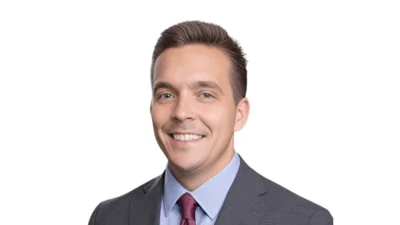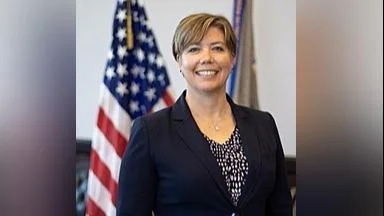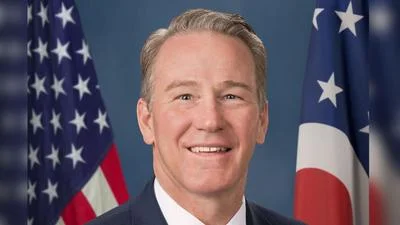State Governor Mike Dewin | State Governor Mike DeWine Official Website
State Governor Mike Dewin | State Governor Mike DeWine Official Website
(COLUMBUS, Ohio)—Ohio Governor Mike DeWine announced a $100 million investment of federal State Opioid and Stimulant Response (SOS, formerly SOR) funding from the Substance Abuse and Mental Health Services Administration to help communities fight opioid addiction and prevent overdose deaths.
The funds are a continuation of year one funding received by the Ohio Department of Mental Health and Addiction Services (OhioMHAS) that will strengthen and sustain an array of prevention, harm reduction, treatment, and long-term recovery supports for Ohioans struggling with an opioid or stimulant use disorder. More than 7,800 Ohioans were served in year one of the SOS initiative.
“Ohio continues to make good progress in our effort to stem the tide of opioid addiction, but our work is far from over,” said Governor Mike DeWine. “While the rate of unintentional overdose deaths is slowing, our work must continue. This funding will help us save lives and promote stronger, healthier communities.”
More than $58.7 million of the $100 million will be channeled to Ohio’s 50 county Alcohol, Drug Addiction and Mental Health Services (ADAMHS) boards to expand access to local prevention, harm reduction, treatment and recovery supports. Another $16.6 million will be designated for direct-funded community initiatives. OhioMHAS will also use these funds to partner with the Ohio Department of Health to provide funding to purchase additional supplies of the overdose reversal drug naloxone, and the Ohio Department of Veteran Services to provide services for veterans and active-duty service members, including the expansion of peer recovery support services for residents at the ODVS Domiciliary who have a history of opioid use disorder, stimulant use disorder, and/or co-occurring disorders. (See list attached below details on planned investments/awards).
OhioMHAS coordinated with statewide partners, state level agencies, and Governor Mike DeWine’s RecoveryOhio initiative to identify Ohio’s goals for the SOS initiative. Key priorities include:
- Reducing unintentional overdose deaths
- Increasing access to addiction treatment
- Preventing youth alcohol and drug use
- Increasing recovery supports
- Supporting responsible prescribing practices
- Promoting harm reduction practices
*Ohio’s rate is 8.8% higher at intake than the national rate and 5.5% higher at 6-months, thus explain the lower rate of change.** U.S. change data not available.
Some examples of programs funded in year one that will be sustained with the continuation funding include:
- $686K to the Wood County Alcohol, Drug Addiction and Mental Health Services Board for a Quick Response Team (QRT) to respond to overdoses; installation of naloxone vending machines; expand treatment and withdrawal management services; and an array of recovery supports including peer support, housing and transportation.
- $202K to the Mental Health and Recovery Board of Belmont, Harrison, and Monroe Counties to implement peer recovery support programs in local jails to assist clients struggling with opioid and other stimulant use disorders.
- $842K to the Clermont County Mental Health and Recovery Board to support prevention and after school programming to help youth build healthy and effective coping skills; expand access to Medication-Assisted Treatment; promote treatment in lieu of incarceration; and promote peer support services and other recovery supports including housing and transportation.
- $150K to the Youngstown Urban Minority Alcoholism and Drug Abuse Outreach Program (Mahoning County) to increase prevention, treatment and medication assisted treatment services to minority youth and adults with or at risk of opioid use disorder.
- $150K to Brigid’s Path (Montgomery County) to provide services to infants exposed to additive substances and assist families with community linkage.
- $558K to Workit Health (Lucas County) for online and on-demand addiction treatment through mobile and web applications.
Click HERE for a full list of award recipients and project descriptions of year one projects.
Original source can be found here.






 Alerts Sign-up
Alerts Sign-up